How Can MAST Improve and Expand to Serve You Better?
 MAST is continually looking for ways to help you find the data you want
and we would really like to hear your ideas.
We have provided a "suggestion box" at
http://archive.stsci.edu/suggestions.html and encourage you to post suggestions, comments and concerns through this interface. A link to the suggestion box is found on the second line of the top menu on most MAST web pages.
MAST is continually looking for ways to help you find the data you want
and we would really like to hear your ideas.
We have provided a "suggestion box" at
http://archive.stsci.edu/suggestions.html and encourage you to post suggestions, comments and concerns through this interface. A link to the suggestion box is found on the second line of the top menu on most MAST web pages.
Some past users have allowed us to post their suggestions. Those suggestions and the MAST responses can be found at
http://archive.stsci.edu/suggestion_response.html.
Let us hear from you!
To Subscribe or Unsubscribe to the Newsletter
If you would like remove yourself from the mailing list send mail to
archive_news-request@stsci.edu
and put the single word unsubscribe in
the BODY of the message. Information on the subject line will be
ignored.
If you would like to subscribe to the mailing list to receive notification of future Archive Newsletters, send mail to
archive_news-request@stsci.edu and put the single word
subscribe in the BODY of the message. Information on the subject
line will be ignored. You will be asked to confirm the
subscription.





 Follow Us
Follow Us
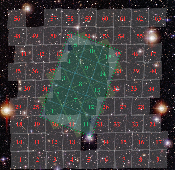
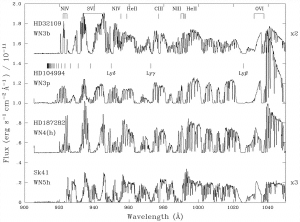
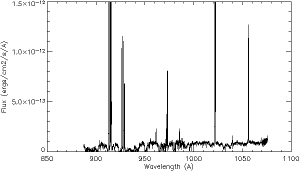
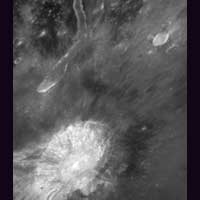
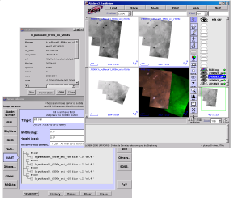
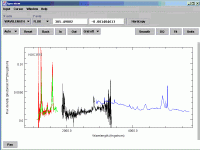
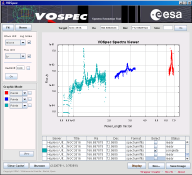
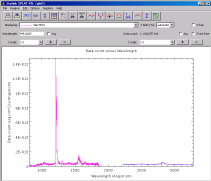
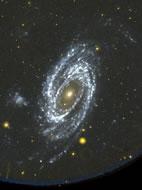
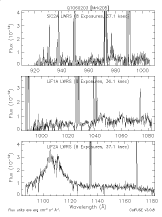
 MAST is continually looking for ways to help you find the data you want
and we would really like to hear your ideas.
We have provided a "suggestion box" at
MAST is continually looking for ways to help you find the data you want
and we would really like to hear your ideas.
We have provided a "suggestion box" at